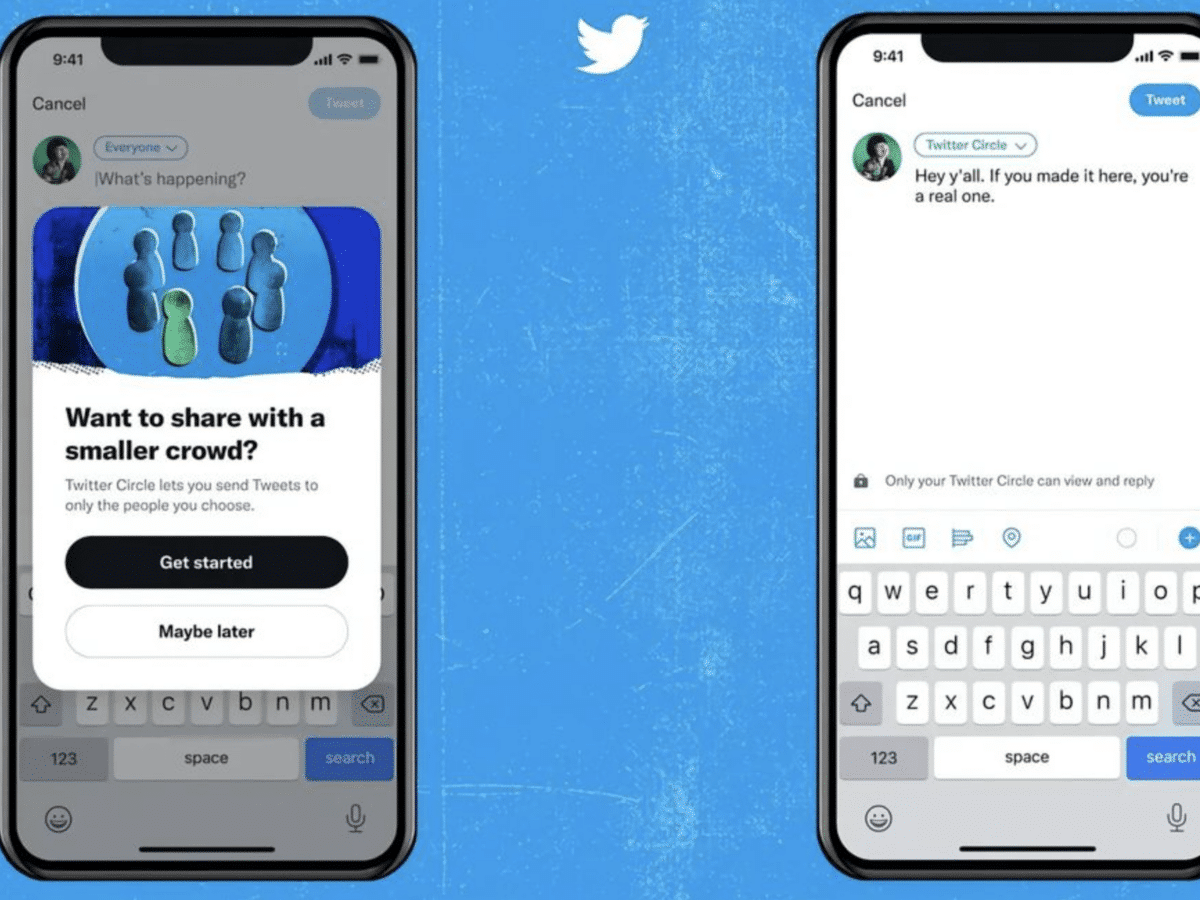I recently received a beta invite to Bluesky Social, the new social network that’s making waves as a potential alternative to Twitter. I was excited to explore this invite-only platform that’s been gaining traction, especially with high-profile users like Alexandria Ocasio-Cortez and Chrissy Teigen joining the platform.
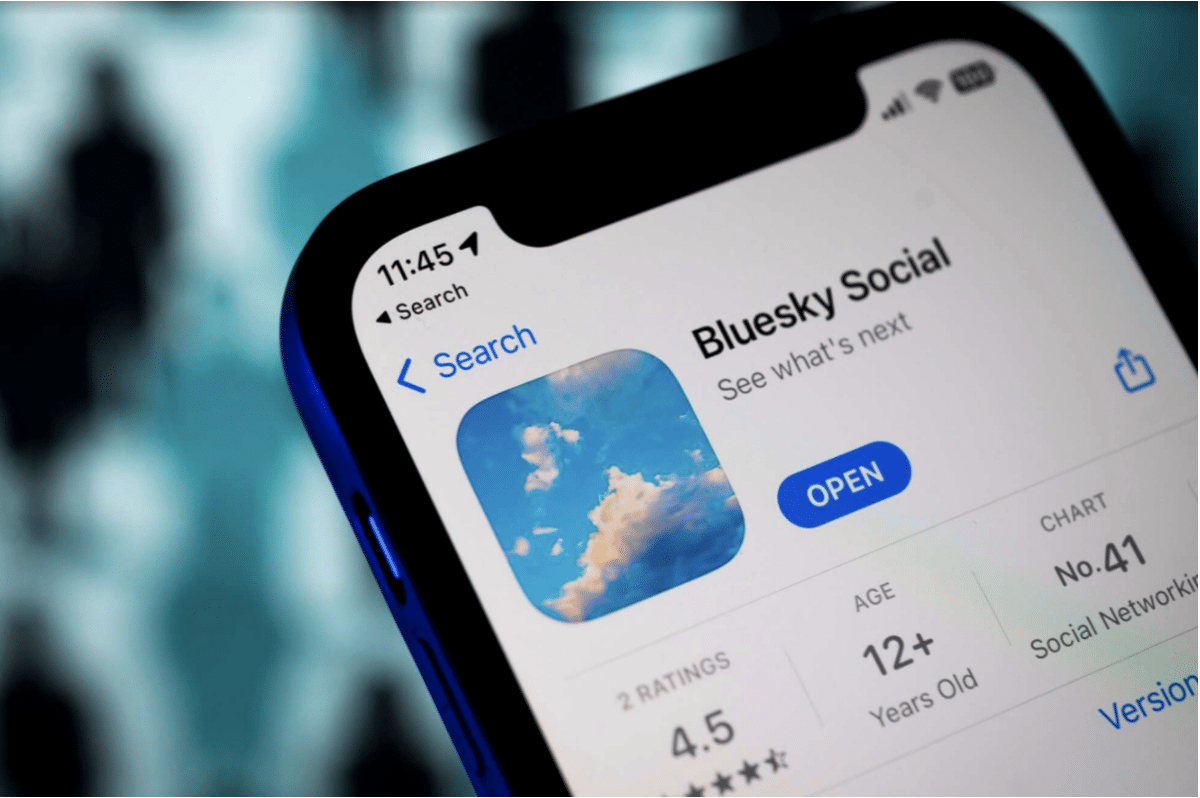
Bluesky is a decentralized social app, conceived by former Twitter CEO Jack Dorsey, and offers a Twitter-like user interface, algorithmic choice, and community-specific moderation. Built atop the open-source AT Protocol, the platform ensures transparency and fosters innovation.
Currently, in its beta phase, Bluesky’s exclusivity has piqued people’s interest, with many eager to obtain access codes to avoid being put on a waitlist. The platform’s growth has been likened to other social media giants, and some even consider it a potential Twitter alternative and replacement.
In this article, I’ll share my personal experience with Bluesky Social and delve into the factors driving its popularity. I’ll discuss the platform’s unique features, as well as check its similarities and differences against other platforms. So, let’s dive into the world of Bluesky Social and see what all the buzz is about.
Understanding Bluesky: My First Impression
When I received my beta invite to Bluesky Social, I was eager to explore this new, decentralized social media platform that had been creating so much buzz. As a Twitter alternative with Jack Dorsey’s backing, I wondered how it compared to Twitter’s early days.
Setting Up a Username and Profile
Creating my username and profile on Bluesky was incredibly easy. My username had a domain-like structure, which added a unique touch. The profile setup process was simple and efficient, allowing me to dive into the platform almost immediately.
Exploring the “Following” Feed
Initially, my “Following” feed was empty, but as I delved deeper into the platform, I discovered an exceptionally active user base. Despite being in its beta phase and invite-only, Bluesky has already attracted notable users, including politicians and celebrities. See the official profile of Alexandria Ocasio-Cortez below.

With a growing community of at least 20,000 members, Bluesky is bustling with activity and engaging conversations.
Comparing Bluesky to Early Twitter Days
As I spent more time on Bluesky, I felt a wave of nostalgia. The platform reminded me of a simpler time on the internet, akin to Twitter’s early days. With a similar user interface and features, Bluesky aims to be a decentralized version of Twitter but gives users more control over their content and algorithms.
One standout aspect of Bluesky is its commitment to user control and content moderation. The platform utilizes automated moderation and is developing a community labeling system, somewhat like shared mute/block lists. This approach to moderation is a refreshing change from other social media platforms, where users often feel helpless against abusive or misleading content.

Bluesky’s invite-only nature adds an air of exclusivity, increasing its appeal. Users receive one invite code every two weeks to share with others. This system helps maintain a sense of community and trust, as people are more likely to invite individuals they know and trust to join the platform.
Features and Functionality
While exploring Bluesky Social, I quickly noticed the platform’s distinct features and functions. Three main elements set it apart from other social media platforms: decentralization, user-controlled algorithms, and community-driven content moderation.
Platform Decentralization
Bluesky stands out due to its decentralized structure, made possible by the open-source Authenticated Transfer (AT) Protocol. This protocol lets separate servers interact with each other, promoting a diverse and decentralized platform.

Following four core principles—account portability, algorithmic choice, performance, and interoperability—Bluesky aims to develop a social network protocol where various social networks can communicate through an open standard.
While Bluesky has started a waitlist for a service using this protocol, it initially focuses on interoperability, with plans to address platform moderation and monetization later on.
User Control Over Algorithms and Content
Bluesky’s emphasis on user-controlled algorithms and content is a groundbreaking shift in social media. Instead of a single dominant algorithm, Bluesky creates an open marketplace of algorithms, giving users the power to decide what appears on their feeds.
By letting users select their preferred algorithm, Bluesky offers greater control over their online experiences. This transparency helps users understand how algorithms work and choose the one that suits their preferences.
Community-Driven Content Moderation
Bluesky’s content moderation strategy includes composable moderation, community labelling, and manual admin actions. With an open, composable labelling system, Bluesky allows anyone to create and apply “labels” to content or accounts.
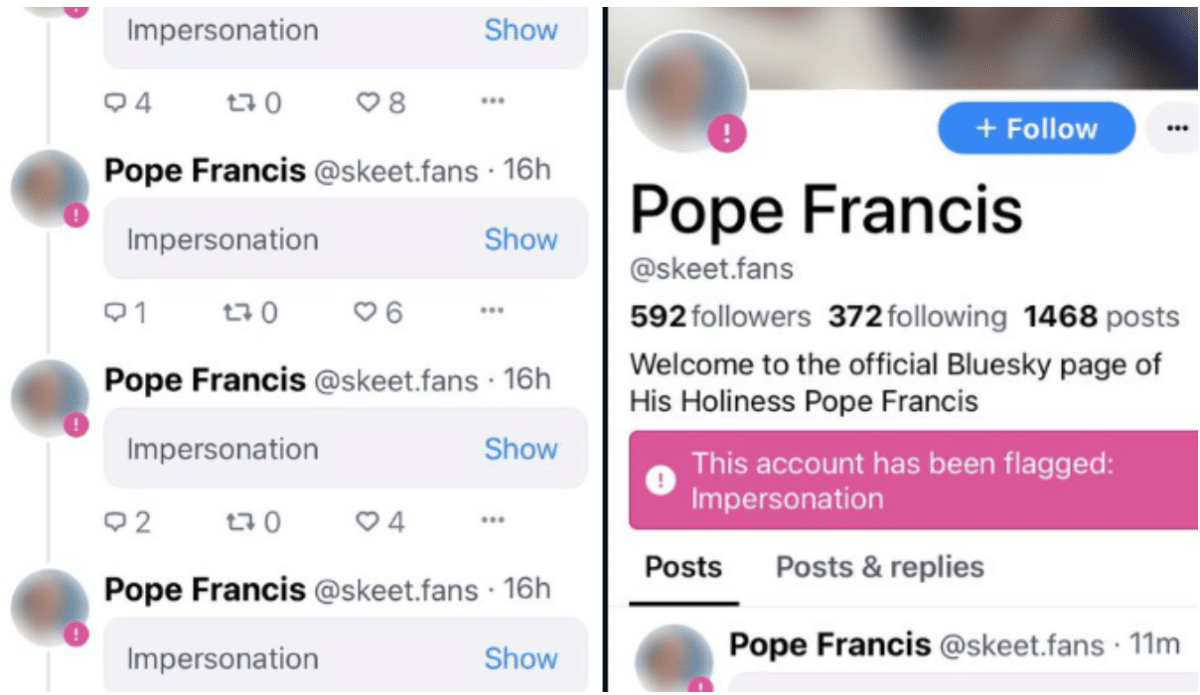
The “community labeling” feature enables users to adopt an online community’s moderation system, even if it’s not directly connected to the platform.
Many marginalized community members on Bluesky Social value the manual admin actions and community labeling options for content moderation. Bluesky’s goal to make moderation customizable through a system of post labels grants users more flexibility and control.
The Invite-Only Aspect
Bluesky Social’s invite-only nature adds an air of exclusivity to the platform, making it an exciting and coveted experience. In this section, I’ll discuss how to receive and share Bluesky’s invite codes, as well as how this exclusivity impacts the user experience.
Receiving and Sharing Invite Codes
To get an invite code for Bluesky Social, there are several practical options available. First, you can sign up for the waiting list on the Bluesky Social website by providing your email address. While this method is the most direct, it may require some patience as you wait for an invite code.
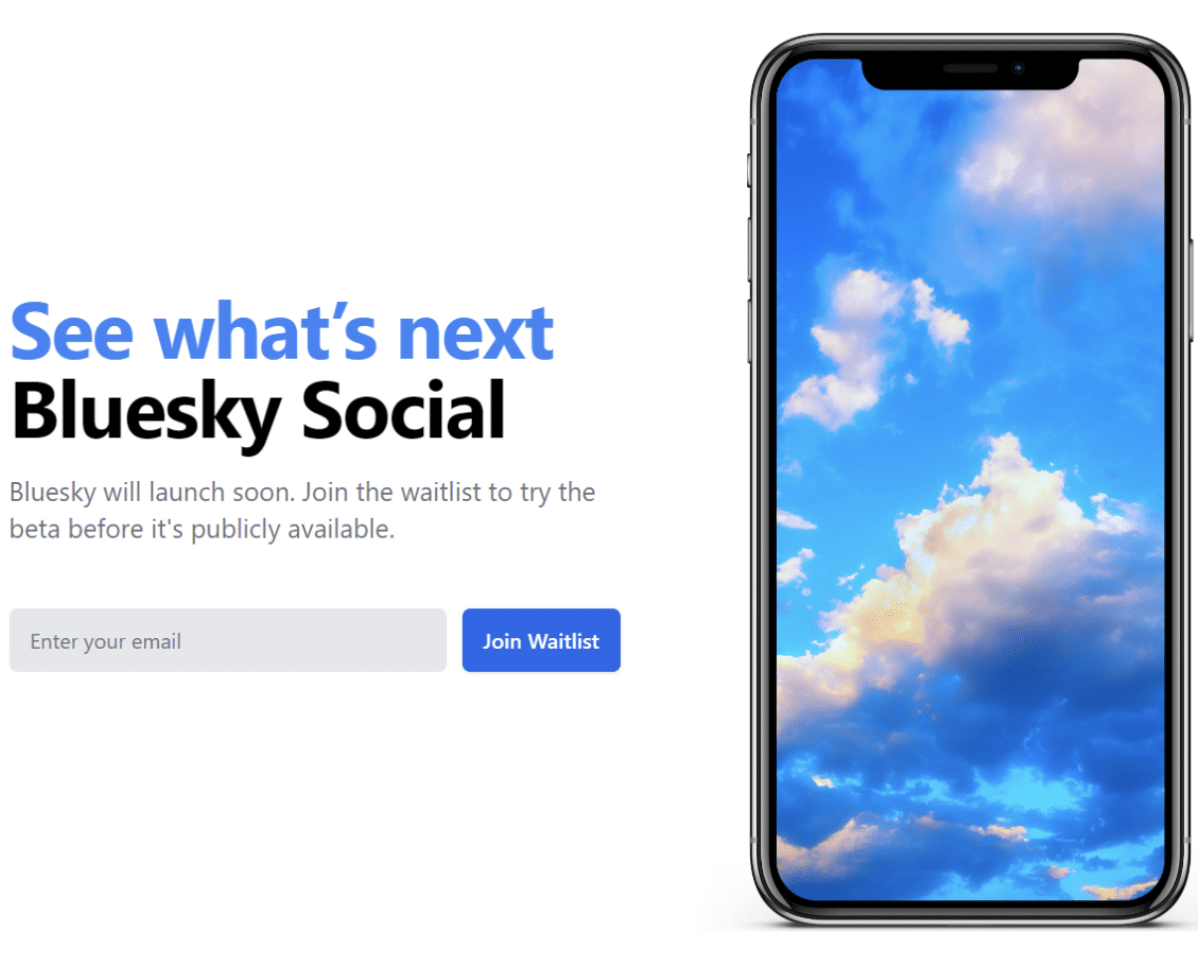
Alternatively, you can connect with current Bluesky users who receive one invite code per week to share with others. Networking or reaching out on social media platforms can help you find users with spare invite codes. However, this method relies on your connections and the willingness of existing users to share.
Though not the most ethical or cost-effective choice, some individuals have resorted to selling invite codes on platforms like eBay, with prices reaching up to $300 or $400 each.

Finally, some Bluesky members occasionally post invite codes publicly on Twitter, but these codes are typically claimed rapidly. To improve your chances, consider setting up notifications for specific keywords or phrases related to Bluesky invite codes and act quickly when a code is shared. Also, be careful as there’s a lot of sham out there.
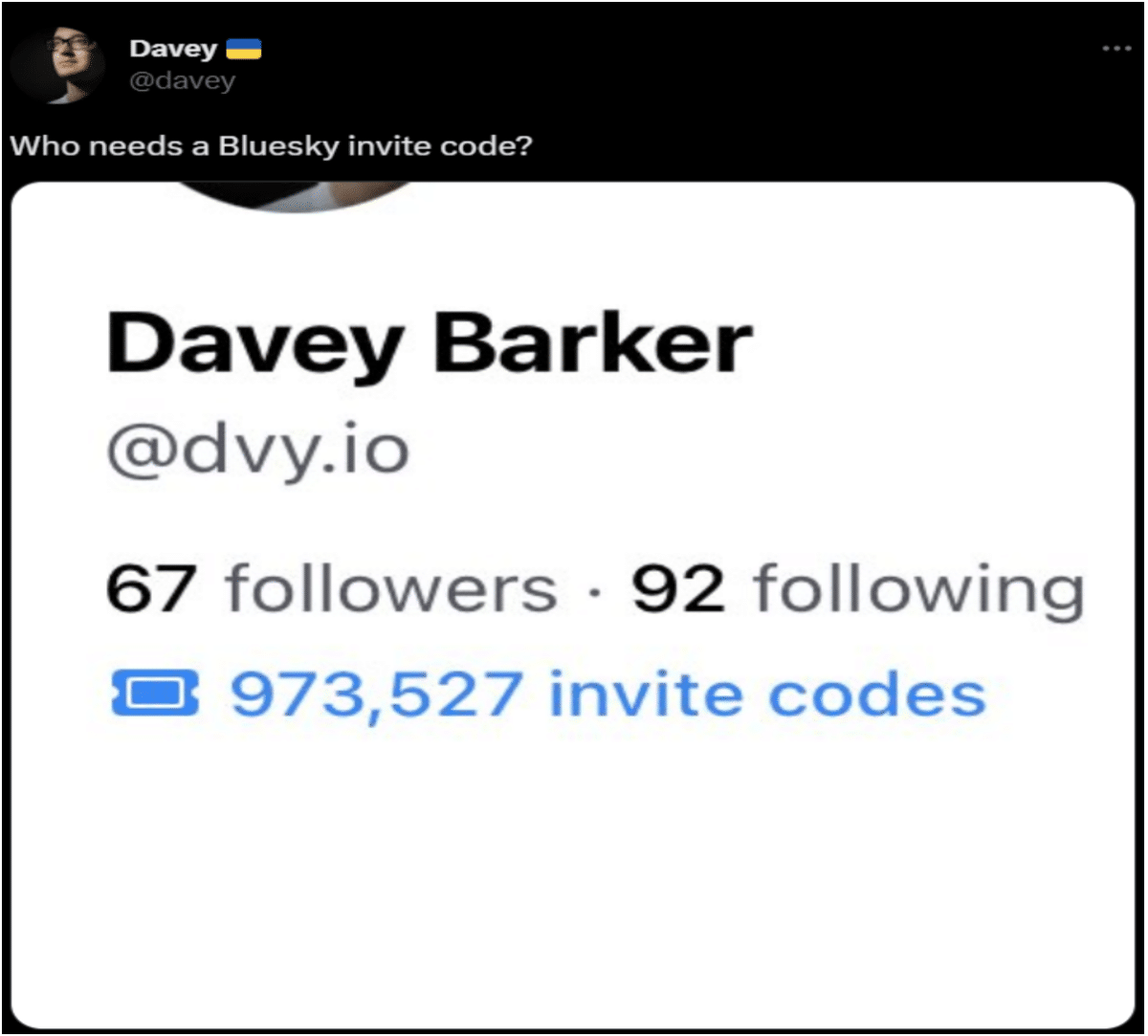
Once you obtain an invite code, you can share it with others using the same methods mentioned above. Keep in mind that invite codes are limited, so prioritize sharing them with those genuinely interested in joining Bluesky Social.
The Exclusivity Factor and Its Impact
The invite-only aspect of Bluesky Social contributes to its allure, as it fosters a sense of exclusivity and anticipation. Users who gain access to the platform feel privileged to be part of this innovative social media experience.
This exclusivity creates a buzz around the platform and drives curiosity, encouraging more people to seek out invite codes and join the conversation on Bluesky Social.
Challenges and Potential for Growth
Bluesky Social faces certain challenges as it seeks to grow, but it also has significant potential for expansion. In this section, I’ll outline the obstacles and growth possibilities.
Moderation Challenges in Decentralized Settings
As more users join Bluesky, scaling its moderation system while staying decentralized becomes increasingly difficult. It’s crucial to manage content and create a safe, inclusive environment. The platform’s focus on community and social norms can set user expectations and promote tolerance.
Keeping User Interest and Excitement Alive
Maintaining user interest and excitement is another challenge. As seen with invite-only apps like Clubhouse, initial enthusiasm can fade. To keep users engaged and attract new ones, Bluesky must offer unique features and continue to innovate.
Using Decentralization for Growth
Bluesky’s decentralized nature offers benefits like better content moderation, data ownership, and reduced dependence on a single company. By incorporating blockchain technologies and NFT marketplaces, Bluesky could become the first native web3 social media platform, allowing creators to tokenize content and supporting decentralized identity and reputation systems.
Building Trust with Invite-Only Access
Bluesky’s invite-only system, giving users one invite code every two weeks, encourages trust and accountability. This approach can help the platform grow by motivating users to invite trustworthy members and building a strong community.
Balancing Ease of Use and Decentralization
The platform must also remain user-friendly and approachable for those without a computer science background. As a decentralized platform, Bluesky aims to empower users, improve conversation quality, and combat abuse and misinformation. Reaching these goals involves balancing centralized service benefits with the resilience of open protocols.
Comparing Bluesky’s to other platforms
| Platform | Similarities | Differences |
| Bluesky Vs Twitter | User-centric experience | Algorithm choice, content moderation approach |
| Bluesky Vs Mastodon | Decentralized, federated design | User base, user-friendly features |
| Bluesky Vs Nostr | Decentralized social platform | Federation, design, target audience |
Bluesky vs Twitter
No doubt, Bluesky Social shares some similarities with Twitter, making it a potential alternative for those seeking a more user-centric experience. Unlike Twitter, Bluesky allows users to choose from various algorithms to curate their feed, providing more control over the content they see.
Further, Bluesky’s focus on community labeling and automated moderation contrasts with Twitter’s content moderation approach. Overall, Bluesky feels similar to Twitter but offers a more organic experience.
Bluesky vs Mastodon
Mastodon, another decentralized social media platform, has been popular as a Twitter alternative since its founding in 2016. While both platforms share a decentralized and federated design, Bluesky has attracted a more diverse mix of users, including digital artists, NFT enthusiasts, and political and social activists.
Services like Calckey are building more user-friendly features for Mastodon, offering a better UI and seamless interaction with the platform. However, Bluesky comes closest to mimicking Twitter’s experience.
Bluesky vs Nostr
Nostr, another decentralized social platform supported by Twitter co-founder Jack Dorsey, offers a distinct approach compared to Bluesky. While both platforms are decentralized, Nostr is not federated like Bluesky or Mastodon.
Nostr primarily attracts tech communities, while Bluesky garners a more diverse user base. Both platforms aim to provide alternatives to traditional social media platforms like Twitter, but they differ in their design and target audiences.
Personal Experience and Conclusion

My experience with Bluesky Social has been exciting and refreshing. This invite-only, decentralized platform feels like a more user-friendly and controlled version of Twitter. With unique features such as customizable feeds, community-driven moderation, and an exclusive community, Bluesky has the potential to grow into a major player in the social media space. Although it faces challenges, its focus on user control and innovation sets it apart from other platforms, making it a social network worth trying.
Frequently Asked Questions
Bluesky differs from Twitter by offering users more control over their feed with customizable algorithms, focusing on community labeling and automated moderation, and being a decentralized platform.
Bluesky Social was conceived by former Twitter CEO Jack Dorsey, but it operates as a decentralized platform built on the open-source AT Protocol, ensuring transparency and innovation.
Bluesky app is a decentralized, invite-only social network that offers a user-centric experience, customizable feeds, and community-driven moderation, making it a potential alternative to traditional social media platforms like Twitter.
Bluesky was initially backed by former Twitter CEO Jack Dorsey, but it operates independently as a decentralized platform.
To join Bluesky, you need an invite code. You can sign up for the waiting list on the Bluesky Social website or try to obtain a code from existing users, who receive one invite code per week to share with others. Some invite codes may also be available on social media platforms or even for sale on sites like eBay, but these methods are not guaranteed.

